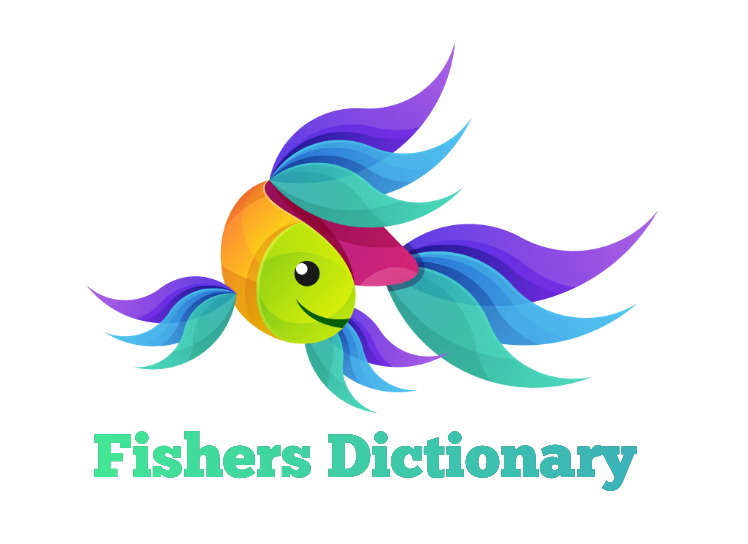Fish population dynamics is the study of change in a fish population over time. Fundamentally, a population size after some time interval equates to the population size before that interval plus births (i.e., recruitment) and immigration and minus mortality and emigration. Many fish populations follow a logistic pattern of density-dependent growth. Beginning with a population size where space and food are not limiting, the population grows rapidly in an exponential pattern; at a certain population density, population growth slows and stabilizes at a given carrying capacity.
Density-dependent factors governing fish population dynamics include competition, predation, disease, and parasitism. Fish population dynamics can also be driven by density-independent abiotic factors such as temperature, dissolved oxygen, and water chemistry.
In fisheries, these basic population dynamics principles can be applied to harvest strategies to estimate maximum sustainable yield (MSY) with the goal to prevent overfishing.



.jpg)




0 Comments